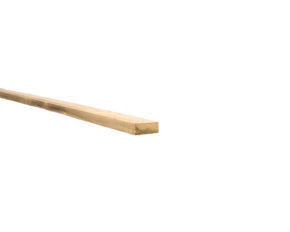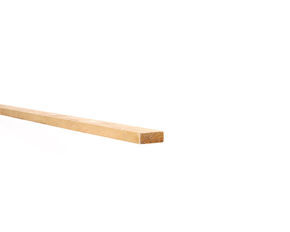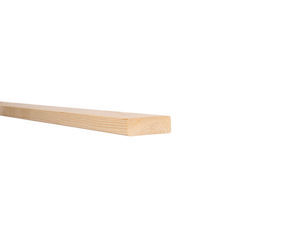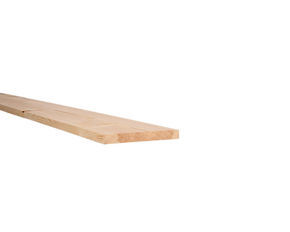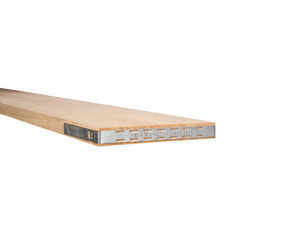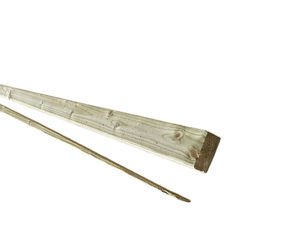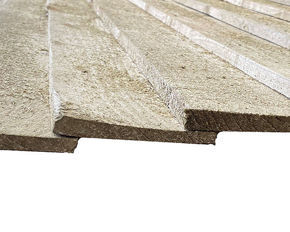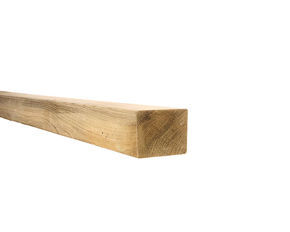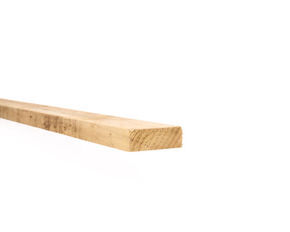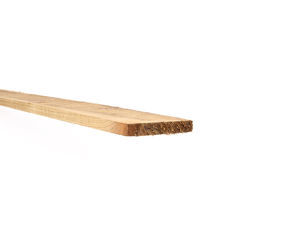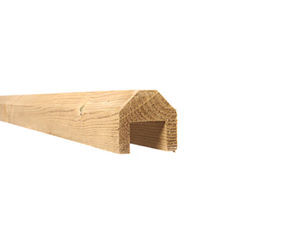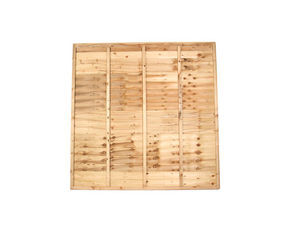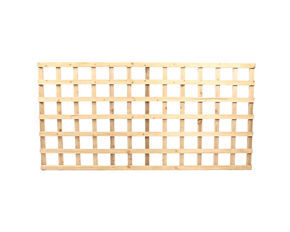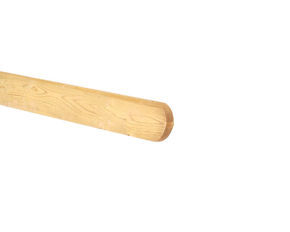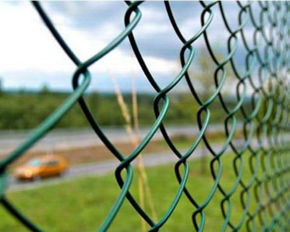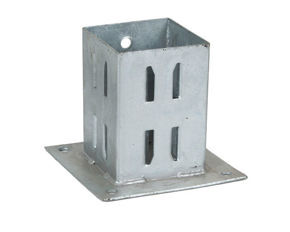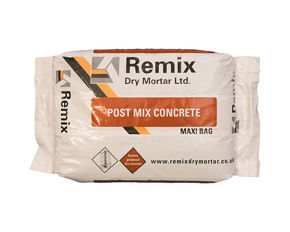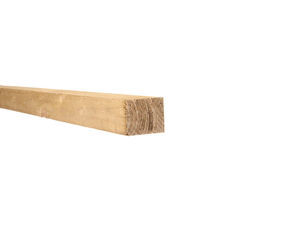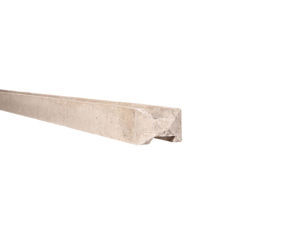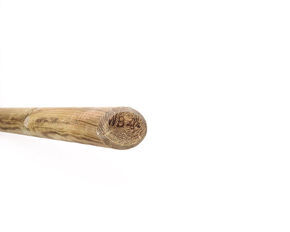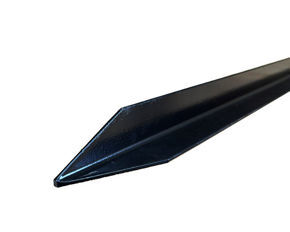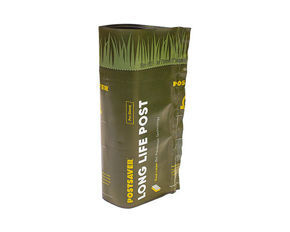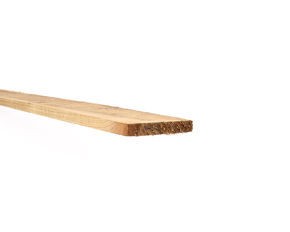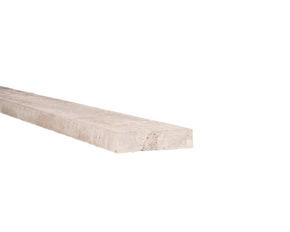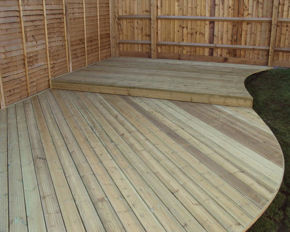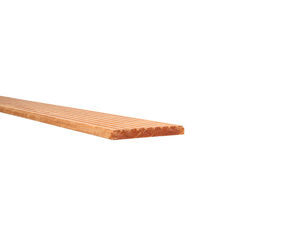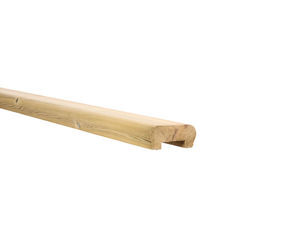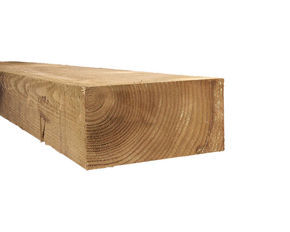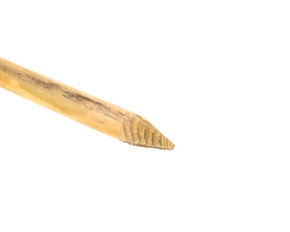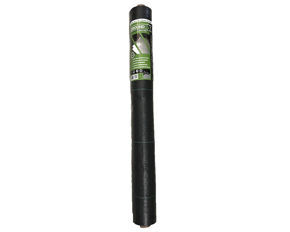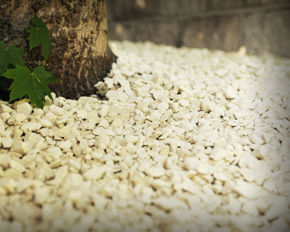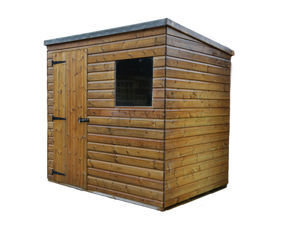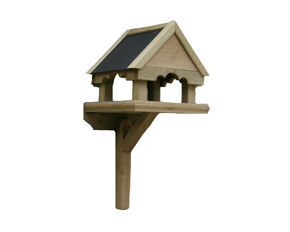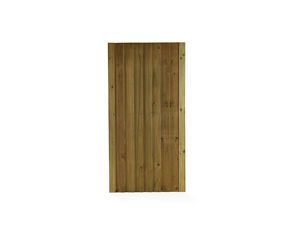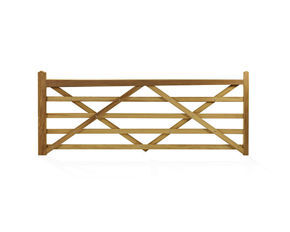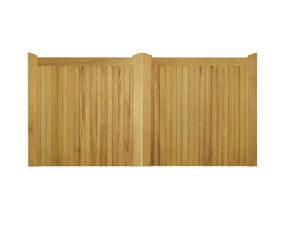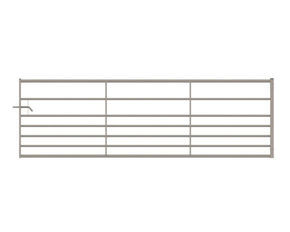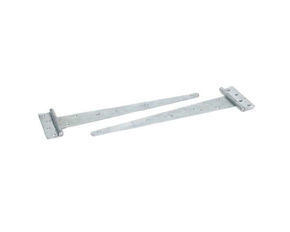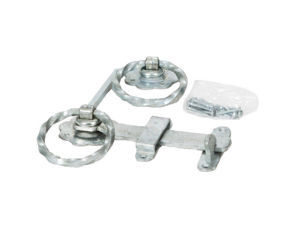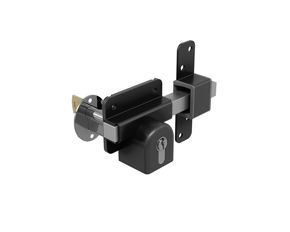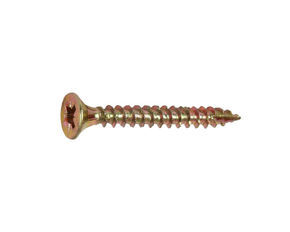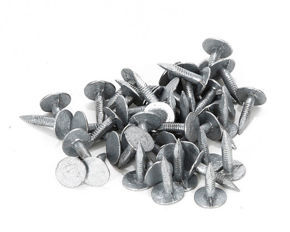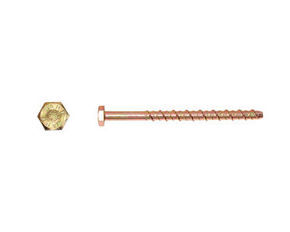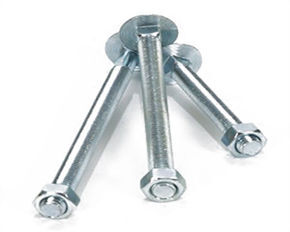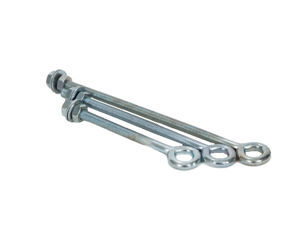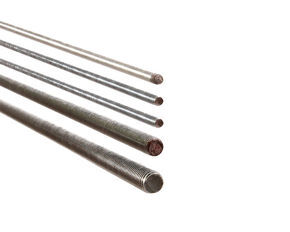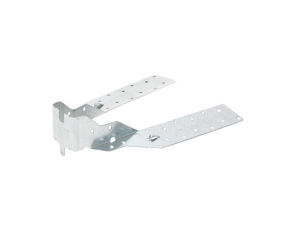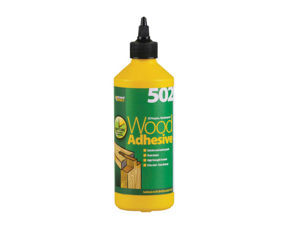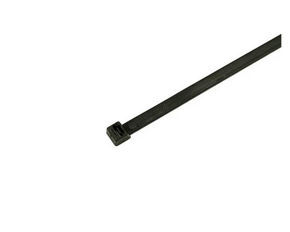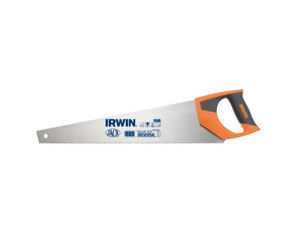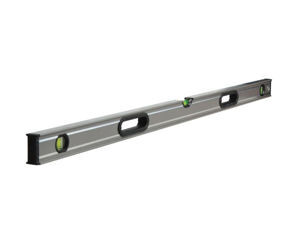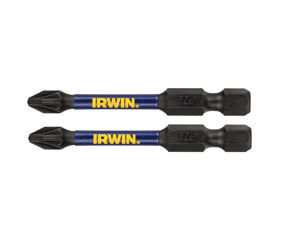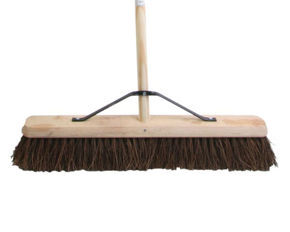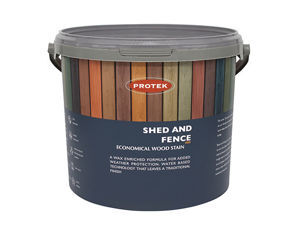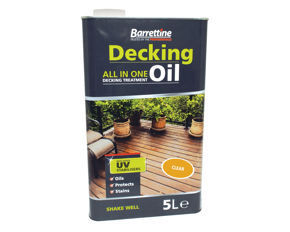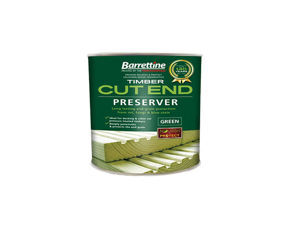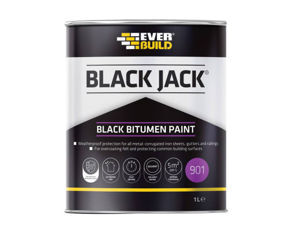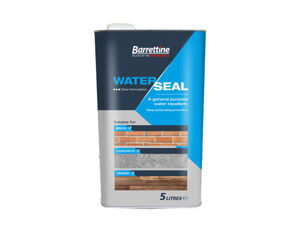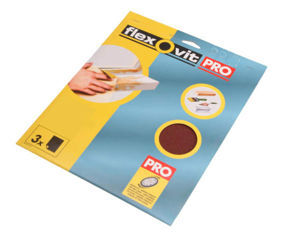Fences serve as the unsung heroes of our outdoor spaces, providing security, privacy, and aesthetic appeal. Whether it's a classic picket fence or a sturdy timber barricade proper maintenance is crucial to ensure longevity and preserve the charm of your property. Let’s delve into the art of fence maintenance, with practical tips to ensure your boundaries last for years to come.
Section 1: Assessing the Current State of Your Fence
Before diving into maintenance tasks, it's essential to assess the current condition of your fence. Walk around your property and inspect each section carefully. Look for signs of wear, damage, or rot. Take note of any loose fence panels, rust spots, or missing hardware. This initial assessment will guide you in prioritising tasks and addressing specific issues.
Spring is a great time to do your fencing checks due to adverse weather conditions throughout winter that could have affected your fencing due to excess water, cold conditions, or storm damage.
Section 2: Cleaning and Preparing the Fence Surface
Cleaning is the first step in any maintenance routine. For wooden fences, start by removing debris, leaves, and cobwebs with a broom. Then, use a mild detergent or a specialised wood cleaner to scrub away dirt and stains.
Section 3: Repairing and Replacing Fence Components
After cleaning, turn your attention to repairs. Replace any damaged or rotting wood, ensuring that your fence maintains structural integrity. Tighten loose screws or nails, and replace any missing hardware.
If you’re after quality fencing materials, head to our timber yard, where you’ll find a variety of timber for DIY fencing projects as well as a range of pre-made fencing panels. Our experts are also on hand to answer any questions you may have regarding the different types of fencing, installation, maintenance and more.
For quick fixes try using gravel boards to patch up missing fencing slats due to storm damage. They're pressure treated, heavy duty and come in a variety of sizes to suit most fence types.
Section 4: Staining and Sealing Timber Fencing
Wooden fences benefit greatly from timber treatments, staining and sealing, providing protection against the elements and enhancing the natural beauty of the wood. Choose a high-quality wood stain that complements your outdoor aesthetics.
Before applying the stain, make sure the fence is clean and dry. Apply the stain evenly with a brush or sprayer, following the manufacturer's instructions. Once the stain has dried, seal the wood with a clear sealant to add an extra layer of protection against moisture, UV rays, and pests.
Section 5: Routine Inspections
Prevention is often more straightforward than extensive repairs. Implement a routine inspection schedule to catch potential issues early. Check for loose boards, sagging sections, or signs of pest infestation. Ensure that gates open and close smoothly, and lubricate hinges and latches as needed. A proactive approach to maintenance will save you time and money in the long run.
Section 6: Landscaping Considerations
Take into account the surrounding landscape when maintaining your fence. Trim overgrown vegetation that may be in contact with the fence, as it can cause damage over time. Avoid piling mulch or soil against the base of wooden fences, as this can lead to moisture retention and accelerate decay. Maintaining a clear perimeter around your fence contributes to its longevity.
A well-maintained fence not only enhances the curb appeal of your property but also serves its practical purposes effectively. By regularly assessing, cleaning, repairing, and protecting your fence, you invest in the long-term durability and aesthetic appeal of your outdoor space. Embrace the art of fencing maintenance, and enjoy the benefits of a strong, long-lasting property boundary.
Get in touch for more information.

